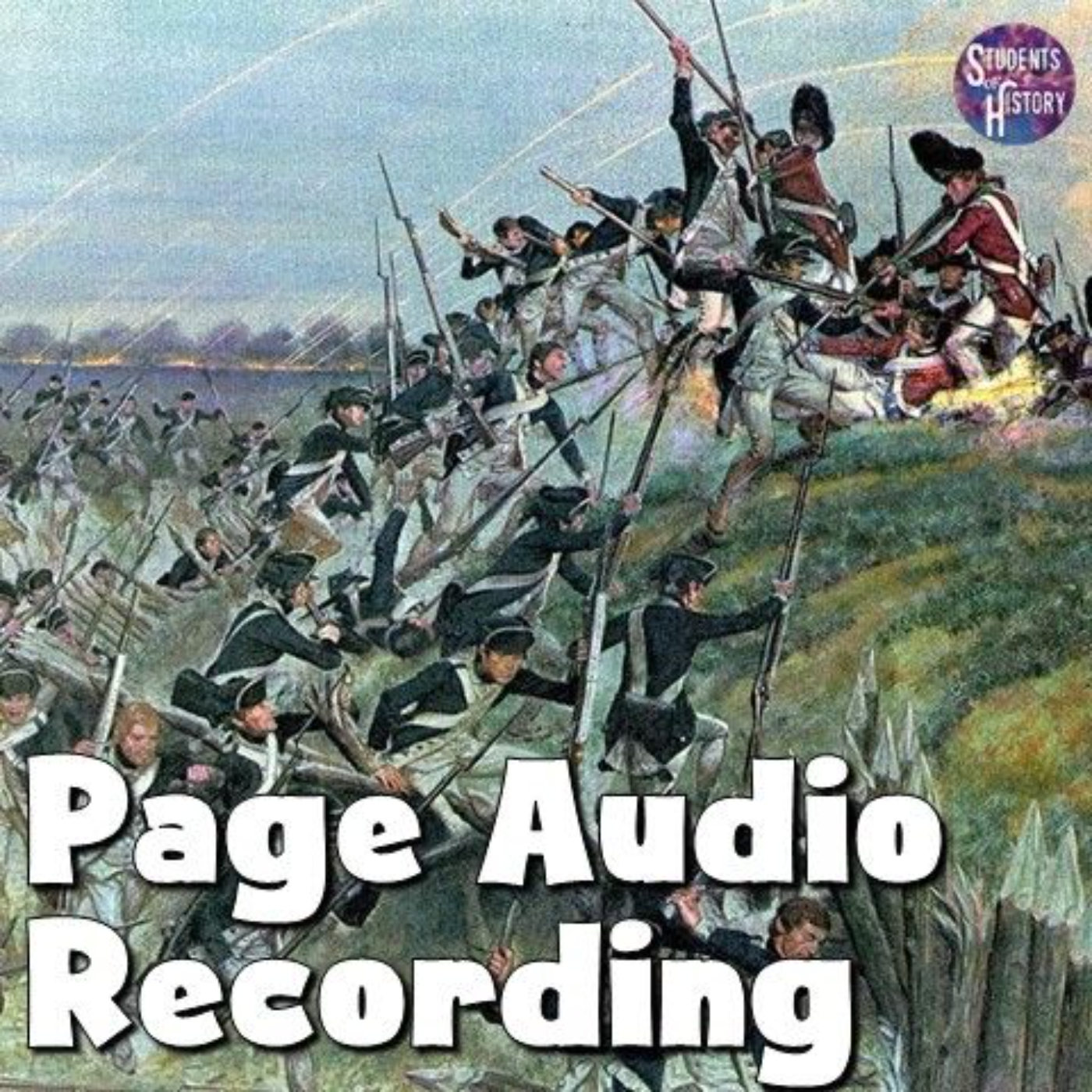Improvements in Navigation

As various European countries raced to join in on global exploration voyages, it was clear that improvements in navigation would be needed. These improvements extended to the speed of ships, materials used in ship building, and the tools that explorers could use for more accurate navigation. The earliest explorers had made glaring mistakes in the past, having arrived in one territory thinking it was another, and so on. These inventions allowed for more precise exploration of new lands, leading to cultural diffusion and a phenomenon later known as the “Columbian Exchange."
Three tools are of particular importance to this time period: lateen sails, the astrolabe, and the magnetic compass. Lateen sails were triangular sails which allowed ships to sail directly into the wind, as they previously used square sails that did not allow ships to sail into the wind. Sailors were forced to wait out harsh winds because their square sails could not take them through the force, yet with the lateen sails - which featured a 45° angle - could cut through the winds. As a result, ships were able to move faster.
Although lateen sails were invented many centuries prior to the Age of Exploration, it was not until this time that ship builders began to use them on larger caravel ships that could cross long distances.

The second invention of note was the astrolabe, which looked like a compass, but was actually used to pair astronomy with navigation. This device allowed sailors to measure the angles of the sun so that they could know their latitude, meaning their position north or south of the Earth’s equator. The astrolabe could also be used to tell time by utilizing the position of the sun in the sky.
Early wooden astrolabes were invented in Ancient Greece. Astrolabes were further developed in the medieval Islamic world, where Muslim astronomers introduced angular scales to the design, adding circles indicating azimuths (angular measurements) on the horizon.
In the Middle Ages, metal astrolabes were created. These avoided the warping that large wooden astrolabes were prone to, allowing the construction of larger and more accurate instruments.
Finally, the magnetic compass was an improvement upon the standard compass and is more closely associated with the compasses that are in use today. The magnetic compass relies on the magnetic pull from the magnetic North Pole and was a tool that the explorers acquired from China. The magnetic compass was a vital invention that was crucial for sailors to know the direction they were going, which made for a more efficient and safer voyage.